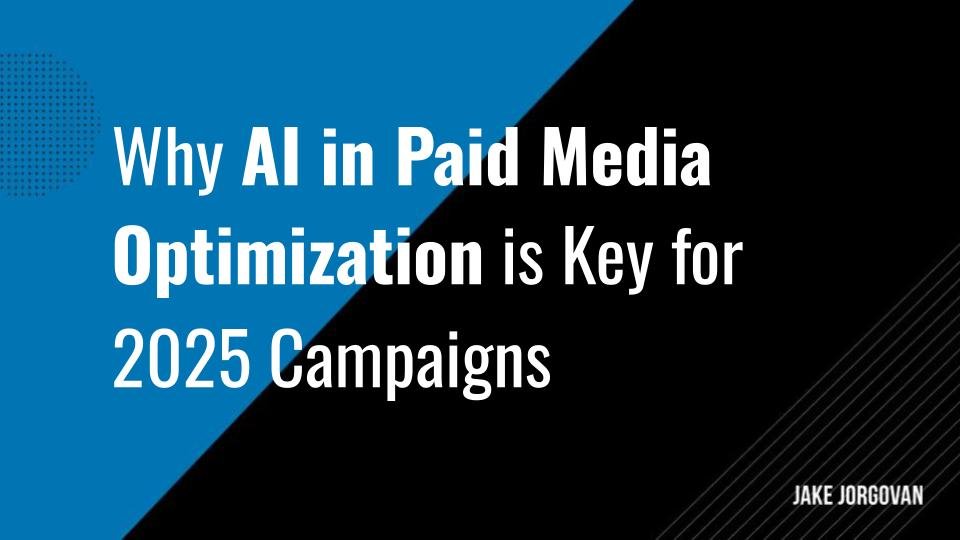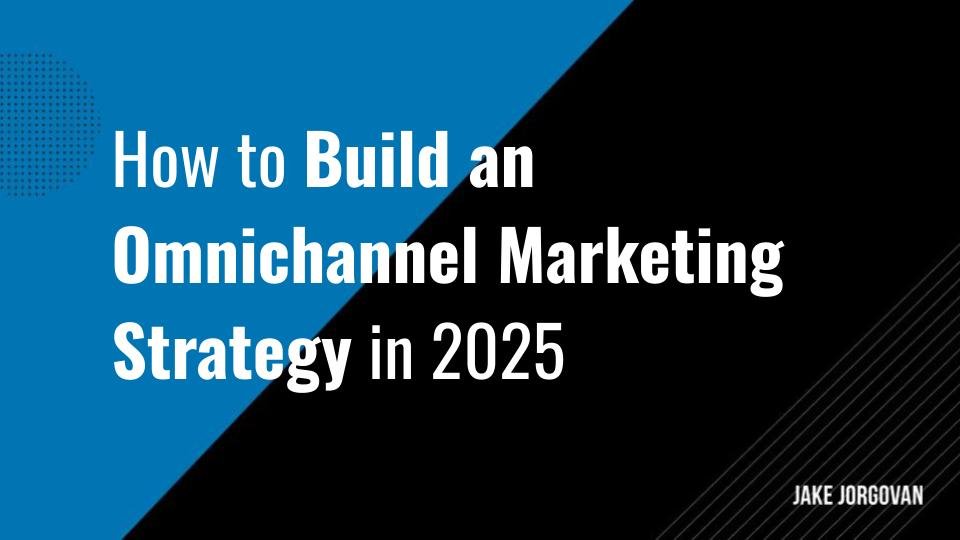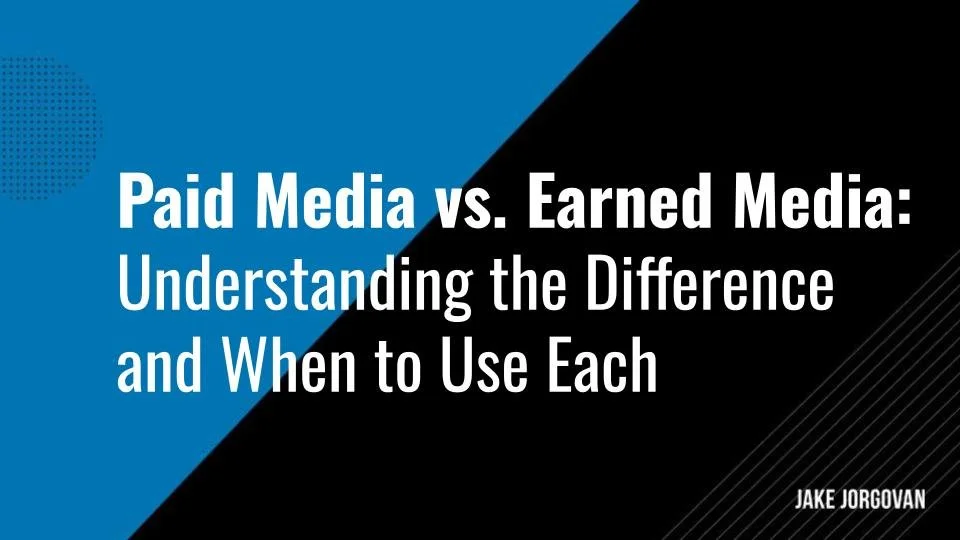Best UGC Examples: 7 Campaigns That Rock in 2025
User-generated content (UGC) has become a game-changer in the marketing world.
Brands that effectively leverage UGC create more authentic connections with their audience, boost engagement, and drive conversions — all while keeping their marketing costs down.
In this article, we’ll dive into 7 UGC campaigns that truly stand out and show you how they can inspire your own strategy.
Whether you’re looking to lower customer acquisition costs or increase ROI, these examples will demonstrate why UGC is a must-have in your marketing toolkit.
Before we do that, let’s explain:
What Is UGC?
User-generated content is any content — text, images, videos, reviews — created by real users rather than the brand itself.
It includes everything from Instagram posts of customers using your product to video reviews on YouTube.
UGC is authentic, raw, and often seen as more trustworthy than brand-created content. According to Nielsen, 92% of consumers trust organic, user-generated content more than traditional advertising, making it a powerful tool for building credibility.
Pro tip: You can even use employees or influencers for UGC.
Why Use UGC?
If you’re looking to maximize your marketing budget, UGC offers several key advantages that directly impact the bottom line:
Lower CAC through authenticity: UGC helps reduce customer acquisition costs by building trust quickly. When potential customers see real people using a product, it creates social proof that is 2.4 times more likely to be perceived as authentic than brand-created content, according to Stackla. This authenticity translates to faster conversions, reducing the overall cost of acquiring new customers.
Boost engagement and conversion rates: UGC drives higher engagement rates compared to brand-owned content. Yotpo found that UGC-based ads receive 4x higher click-through rates than traditional ads. Higher engagement doesn’t just mean more likes; it leads to more people visiting your site, spending time with your content, and ultimately converting into customers. For example, Coca-Cola’s #ShareACoke campaign, which encouraged users to post pictures of personalized Coke bottles, led to a 2% increase in U.S. sales after a decade of declining revenue. But we’ll discuss that campaign in a minute.
Increase ROI with scalable content: Producing high-quality content in-house can be expensive and time-consuming. With UGC, your customers become content creators, providing a steady stream of new material for free. 85% of consumers use visual UGC to make purchasing decisions. This means that a well-placed UGC visual review can deliver a higher return on investment compared to traditional ads, which need continuous budget allocation to maintain visibility.
Top UGC Campaign Examples
These statistics demonstrate why brands from small startups to large corporations are turning to UGC to drive their marketing success.
Next, we’ll explore specific campaigns that we’ve collected from the best UGC agencies and other businesses.
In our opinion, they have successfully harnessed the power of UGC to achieve impressive results.
1. Royal Match’s UGC Ad Campaigns
Royal Match tapped into user-generated content to boost its visibility and downloads, partnering with influencers to create engaging short-form videos.
These authentic videos garnered millions of views across platforms like TikTok, effectively increasing the game’s reach.
Actionable Lessons:
Leverage influencer partnerships: Collaborating with influencers helped generate a wide range of content, appealing to different audience segments and ensuring a steady flow of fresh, engaging content.
Leverage TikTok’s user-centric nature: TikTok is known for its focus on raw, authentic content, making it an ideal platform for UGC. Royal Match capitalized on this by encouraging users to share their gameplay clips and then amplifying those clips through paid ads. Brands in other niches can similarly encourage users to create short-form content around their products.
Test multiple creatives: Royal Match tests different UGC clips to see which ones resonate most with specific audiences. Using a tool like Facebook Ad Library or TikTok’s Ad Manager, they analyze ad performance and iterate quickly. This allows them to find winning creatives that keep CPI low and engagement high.
How to Apply This:
If you’re a smaller brand or app developer, encourage users to share their experiences using your product or app. Offer incentives, like shout-outs or small in-game rewards, to users who create the best content. Reuse this content in your social media ads, which can help reduce your ad costs and improve the authenticity of your campaigns.
2. FIGS’ #wearFIGS Campaign
FIGS is a direct-to-consumer brand that specializes in modern, stylish scrubs for healthcare professionals. To stand out in a market dominated by traditional medical clothing, FIGS embraced user-generated content through their #wearFIGS campaign. The brand encouraged healthcare workers to share photos of themselves wearing FIGS scrubs, showcasing their daily lives on the frontlines, from hospitals to clinics. This helped create a strong sense of community among their audience, amplifying the brand’s visibility.
Actionable Lessons:
Turn customers into brand ambassadors: By encouraging healthcare workers to share their stories and photos, FIGS turned their customers into ambassadors. This not boosted brand loyalty and, more importantly, brought in new customers through word-of-mouth.
Focus on community-building: FIGS built a strong community of healthcare professionals who took pride in their work and their appearance, which helped differentiate their brand from competitors. This approach can work for other niche markets that value professional pride and camaraderie.
Feature UGC across channels: FIGS didn’t just keep UGC on social media. They integrated it into their website, email marketing, and even digital ads. This multi-channel approach helped reinforce the brand’s authenticity and drove more conversions.
How to Apply This:
If you’re a brand selling niche products, focus on turning your customers into a community. Create a campaign that encourages them to share their experiences with your products, whether through hashtags or special features. Highlight their content across all your marketing channels to create a cohesive, authentic brand image that resonates with your target market.
3. GoPro’s #GoProHero Campaign
GoPro, known for its high-quality action cameras, leveraged user-generated content through the #GoProHero campaign. They encouraged users to share their thrilling adventures and action shots taken with their GoPro cameras using the hashtag #GoProHero on social media. The campaign’s focus on real experiences and user-generated adventure videos created a strong sense of community, inspiring potential customers with authentic content that showcased the product’s capabilities.
Results:
The #GoProHero hashtag has amassed over 50 million posts on Instagram, with users sharing their outdoor adventures and action shots.
This UGC campaign significantly boosted GoPro's social media presence, allowing the brand to reach millions of new users without a large budget for ad creation.
The authentic content generated by users helped increase brand engagement, driving both new sales and ongoing loyalty among existing GoPro owners.
Actionable Lessons:
Empower your customers to be creators: GoPro turned its users into brand ambassadors by giving them the tools and motivation to create content. This not only built a library of dynamic content but also fostered a community around the brand.
Use hashtags to build a movement: The #GoProHero hashtag made it easy to collect and showcase user-generated content, building a sense of community and motivating new customers to join in. This is a tactic that brands of any size can adopt to create a cohesive brand presence online.
Highlight product capabilities through UGC: By featuring content from real users, GoPro was able to show off the unique features of their cameras — like durability and versatility — more effectively than any traditional ad could. This approach can work well for products where real-world application is a key selling point.
How to Apply This:
If you sell a product that is enhanced by user experiences, encourage your customers to share their stories using a branded hashtag. Feature the best content on your social channels and website, offering shoutouts or small rewards to contributors. This approach increases engagement and also provides a steady stream of authentic content that highlights your product's real-world benefits.
4. SEMrush’s Partnerships with LinkedIn Creators
SEMrush, a well-known SEO and digital marketing tool, leveraged user-generated content by partnering with LinkedIn creators who are already passionate users of their platform. Instead of paying for large-scale ads, SEMrush identified influential SEO professionals and marketers who frequently shared their insights on LinkedIn. By encouraging these creators to share their experiences, tips, and case studies using SEMrush, they tapped into authentic testimonials that reached highly targeted audiences.
Actionable Lessons:
Leverage niche influencers with genuine experience: By partnering with creators who already use their product, SEMrush ensured that the content was genuine and relatable. This strategy can be especially effective in industries like B2B SaaS, where users value detailed, first-hand experiences over generic endorsements.
Focus on community-driven education: SEMrush encouraged LinkedIn creators to share educational content, such as SEO tips and case studies, that naturally included their tool. This built trust and positioned SEMrush as an integral part of solving real-world challenges.
Optimize UGC for professional networks: Instead of just focusing on Instagram or TikTok, SEMrush tapped into LinkedIn, a platform where professionals are actively seeking tools to improve their work. Brands targeting professionals or niche industries can replicate this by identifying the platforms where their target audience spends time and partnering with community voices there. They can also try out some of the best UGC marketplaces to find UGC creators for successful campaigns.
How to Apply This:
If you have a SaaS or digital tool, consider partnering with existing users who are active in relevant professional communities. Encourage them to share their experiences and success stories using your product. This approach not only keeps costs down but also drives highly qualified leads who are more likely to convert.
5. Bluehouse Salmon’s Influencer-Generated Content Strategy
Bluehouse Salmon, a US-based company that grows sustainable, land-farmed salmon, faced the challenge of differentiating their product in a competitive market. To stand out, they needed to emphasize their unique selling points — sustainability and sushi-grade quality — while educating consumers about the benefits of their product.
Instead of relying solely on in-house content creation, Bluehouse Salmon turned to influencer-generated content, partnering with food influencers, chefs, and home cooks to produce engaging recipe content that could be used across social media.
The campaign resulted in the creation of 500+ unique content assets, providing a rich stream of educational and recipe-focused posts for Bluehouse’s content calendar.
Bluehouse Salmon saw a 1900% increase in followers over a 12-month period, showcasing the power of UGC in building a brand’s social media presence.
Actionable Lessons:
Leverage niche influencers to educate and entertain: Bluehouse Salmon used influencer partnerships to create recipe content that not only promoted their product but also educated consumers on how to use it. This is a great approach for brands with a complex or premium product that requires consumer education. It helps potential customers see the value in your product through practical, real-world examples.
Build a library of evergreen content: Bluehouse Salmon generated a large volume of content that could be reused across different marketing channels. This constant flow of fresh content kept their social media calendar full without requiring the time and expense of in-house production.
Highlight your brand’s unique values: Influencers highlighted Bluehouse Salmon’s focus on sustainability, which aligned with the values of their target audience. Partnering with creators who share your brand’s values can help amplify your message and connect with consumers who care about the same things.
How to Apply This:
If you’re a restaurant, food brand, or even a small business with a niche product, consider partnering with local creators or enthusiastic customers who can create recipes, reviews, or behind-the-scenes content. This approach builds brand awareness and provides you with a library of authentic, relatable content to share with your followers.
6. Coca-Cola’s #ShareACoke Campaign
Coca-Cola's #ShareACoke campaign is one of the most iconic UGC campaigns in recent years. Launched initially in Australia in 2011 and then globally, the campaign personalized Coke bottles with the 150 most popular names among millennials and encouraged people to find their names, share photos with their personalized bottles, and use the hashtag #ShareACoke on social media.
The campaign generated over 500,000 photos shared using the hashtag. In the United States, the campaign led to a 2% increase in sales, marking a turnaround after a decade-long sales decline.
Actionable Lessons:
Make it personal: People love seeing their names or personal touches on products. Adding this personal touch made it easy for customers to feel like the product was meant for them, making them more likely to share their experience.
Create a sense of belonging: The campaign tapped into a sense of community. By sharing their personalized Coke bottles, users felt part of a larger movement, which encouraged even more participation.
Leverage hashtags to track UGC: The #ShareACoke hashtag made it easy for Coca-Cola to track user-generated content, engage with users, and re-share their posts. This is a simple but effective tactic that can be replicated with any brand by creating a unique, branded hashtag.
How to Apply This:
If you’re launching a UGC campaign, try creating a challenge or an activity that naturally invites personalization and sharing. For example, a skincare brand could encourage users to post photos of their morning skincare routines using a specific hashtag. This approach not only generates content but also makes users feel more connected to your brand.
7. Glossier’s #GlossierPink Hashtag
Glossier, a direct-to-consumer beauty brand, has built its cult-like following primarily through user-generated content. Unlike traditional beauty brands that use heavily produced ads, Glossier relies on real users to create authentic content. One of their most successful initiatives has been encouraging customers to share photos using their products with the hashtag #GlossierPink.
According to CB Insights, nearly 70% of Glossier's online sales come from peer-to-peer referrals, influenced by the trust users have in UGC.
Actionable Lessons:
Focus on brand aesthetic: Glossier created a consistent aesthetic with the color pink, which made it easy for customers to align their content with the brand. This type of visual consistency is a low-cost way to create a cohesive brand presence.
Encourage peer recommendations: Glossier’s success stems from users feeling like they are recommending products to friends rather than being marketed to. By resharing UGC from customers, Glossier tapped into the power of word-of-mouth marketing.
How to Apply This:
Encourage your customers to share content that fits a specific visual or theme associated with your brand. Use a unique hashtag to track this content and actively engage with users by resharing their posts. This approach works well for brands in beauty, fashion, and lifestyle, but can be adapted to almost any industry.
Conclusion: Leverage UGC to Drive Authentic Growth
User-generated content isn’t just a trend — it’s a proven way to build trust, engage audiences, and grow your brand in an authentic, cost-effective manner. From small businesses like Bluehouse Salmon to niche brands like FIGS, these examples demonstrate that you don’t need a massive budget to see impressive results.
By tapping into the power of your community, you can create a steady stream of content that highlights real experiences, builds credibility, and fuels your growth on social media and beyond.
The key is to find the right partners, encourage your customers to share their stories and integrate their content into your overall strategy.
Whether you’re aiming to reduce customer acquisition costs, boost engagement, or build a community around your product, user-generated content can help you achieve those goals.
Start experimenting with UGC today, and you’ll be well on your way to creating campaigns that rock.
























![Top 22 Paid Media Agencies to Work With in 2025 [Updated in March]](https://images.squarespace-cdn.com/content/v1/50baa49de4b0e51d69257e33/1705515561307-56Z45GN80B4L6J77ELDR/Top+12+Paid+Media+Agencies+to+Work+With+in+2024+%5BUpdated%5D.jpg)











